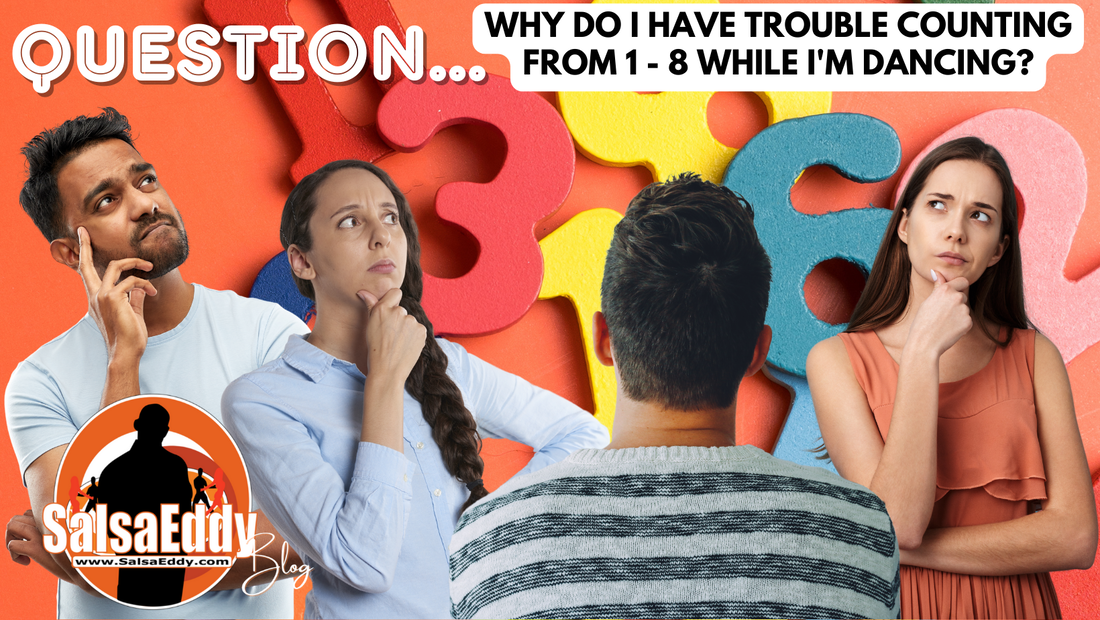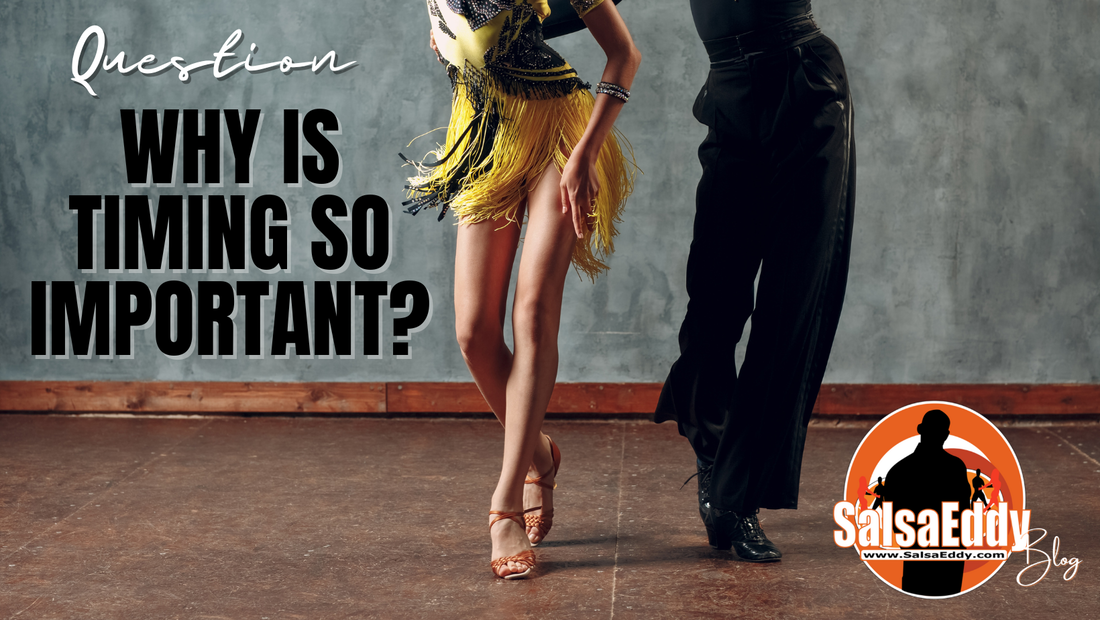|
When it comes to dancing, counting from 1 to 8 is often used as a basic rhythmic structure for many dance styles. However, some people may have trouble counting 1 to 8 for various reasons:
To overcome difficulties in counting 1-8 while dancing, here are some remedies you can try:
It's important to note that counting in dance is a skill that can be developed and improved over time with practice, patience, and a supportive learning environment. Dance classes, private lessons, and regular practice can help individuals enhance their ability to count and stay on beat. Remember, progress takes time, so be patient with yourself. Celebrate small victories along the way, and enjoy the process of improving your dancing and counting abilities.
1 Comment
When it comes to dancing with a partner, why is it so important to count?
Counting is important in partner dancing for several reasons:
Overall, counting in partner dancing promotes coordination, musicality, communication, and synchronization between dance partners. It enhances the overall dance experience and helps create a seamless and enjoyable dance with one another. The word ‘bachata’ has gone through many transitions, meaning different things at different periods of Dominican history. It started out as just a word designating traditional guitar music, although in the 1960s it was used to label romantic guitar music. A ‘bachata’ was also a generic label for gatherings that took place at informal Sunday afternoon parties where guitar-based groups would play for casual recreation. It was also music that played a large role in entertainment in cabarets (which were actually brothels) and it is only recently that the stigma attached to word has been lessened.
Music of Bitterness: With the death of Rafael Trujillo in 1961, the music – then often called ‘bolero compensino,’ made its way to the capital of Santo Domingo along with a multitude of countryside compensinos that had been living in squalor during the dictator’s reign. There the music changed from romantic boleros to stories about jealousy, rivalry, fights, poverty and life led in the barrios. It’s not surprising that bachata is equated to the Dominican version of the blues; with lyrics that reflected such dire and troubled lives, bachata became known as the music of bitterness or sorrow. Jose Manuel Calderon: The first recognized bachata singles (“Barracho de Amor” and “Que Sera De Mi”) were recorded by Jose Calderon in 1961 although it was a decade before the word became commonly attached to a musical genre. In the 1960s, merengue continued to reign supreme in the Dominican Republic and ‘bachateros’ had no reliable outlet in higher social circles nor in the media. It was still embarrassing to be caught listening to bachata and musicians attracted to the genre would often sneak out at night to perform in clubs and bars where bachata was popular. Modern Bachata: Modern bachata can be dated to sometime in the 1980s. At the time, bachateros were singing lyrics full of sexual innuendo and double entendre. In fact, bachata’s first superstar, Blas Duran, was king of this type of lyric. Duran simplified the music, making it easier for dancers and added electric guitar to his song “Consejo A Las Mujeres” in 1987. The tune became a huge hit, paving the road to bachata’s acceptance by a much wider segment of the population. Bachata Turns To Romance: By the 1990s, bachata evolved the way music is prone to evolve, mutating and fusing with other genres. In the case of bachata, fusion occurred most often with the country’s dominant genre, merengue. It was artists like Anthony Santos and Luis Vargas that, during this decade, focused bachata’s themes to the romantic, so much so that by the 1990s the genre dealt almost exclusively with love, most often unrequited or disappointed love. Monchy & Alexandra: Even with the gradual gentrification of bachata, no one outside of a Dominican population was listening to the music. It took the duo of Monchy & Alexandra to raise international awareness of the music. Monchy (Ramon Rijo) and Alexandra (Alexandra Cabrera de la Cruz) started singing together in 1998 and their complimentary voices together with some clever pop-style arrangements made their albums and international tours huge hits. In the process, it opened the door to an appreciation of bachata by non-Donimican Latinos. (The duo broke up - 9/08). Bachata in New York: Bachata originally reached the level of popularity that it enjoys today in New York rather than in the Dominican Republic, embraced by a Dominica migrant population that was less class conscious and eager to embrace the music of home. Influenced by rock, R&B and modern popular genres, bachata remains a dominantly romantic music. Aventura: The group that is currently holding sway over the hearts and minds of bachata lovers is Aventura from the Bronx. Even with the addition of some urban elements, their music remains firmly in the realm of traditional bachata and is helping to win more and more Latin music fans to this distinctive Dominican musical tradition. If you're interested in a first-hand examination of the history of bachata, told by the artists that were instrumental to the genre's rise to international prominence, Luis Vargas' Santo Domingo Blues is a film not to be missed. Wrote this in 2012: click here! Part 2 coming soon! |
Details
AuthorSalsaEddy a lover of the music & culture. Love to learn & share. Enjoy! Archives
May 2024
Categories |



 RSS Feed
RSS Feed
